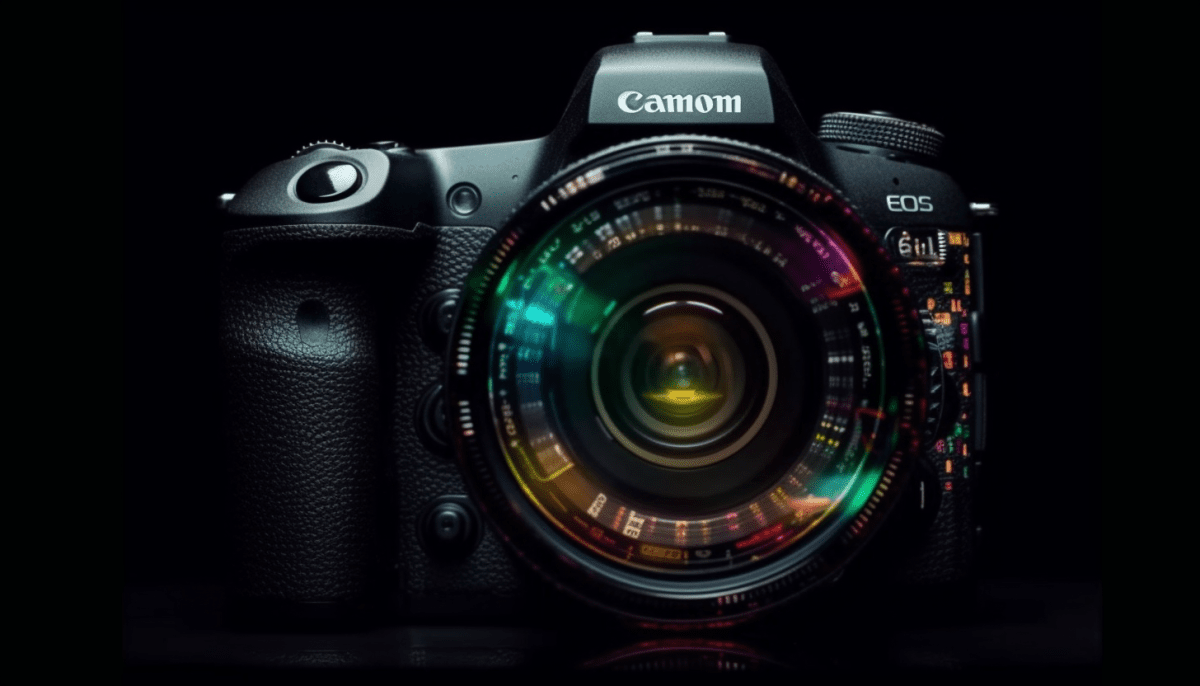When you think about cameras, you might picture selfies or vacation photos. But did you know that cameras play a huge role in saving wildlife? They’re not just for capturing moments; they’re vital tools in wildlife conservation.
One of the main ways cameras help is through wildlife monitoring. Cameras placed in natural habitats let conservationists track animal movements without disturbing them. This helps researchers understand behaviors, migration patterns, and even breeding habits. It’s like getting a behind-the-scenes look at wildlife without intruding on their space.
Another great benefit is in anti-poaching efforts. Specialized cameras can alert rangers to suspicious activity in protected areas. These cameras often come with motion sensors, which trigger alerts when they detect movement. This quick response helps protect endangered species from illegal hunting and makes it harder for poachers to succeed.
Plus, these cameras can also capture stunning visuals that raise awareness about wildlife conservation. Sharing these amazing images and videos on social media helps educate the public and rally support. When people see the beauty of wildlife, they’re often more inspired to get involved and support conservation initiatives.
Key Tech Advancements in Conservation
Technology is changing the game when it comes to conserving wildlife. With the right tools, researchers can monitor animal behavior, track migrations, and collect data like never before. Let’s explore some key tech advancements that have made a significant impact.
First up, we have high-resolution camera traps. These devices are now being equipped with motion sensors and night vision capabilities. This means they can capture clear images and videos of wildlife, even in low light. These camera traps help conservationists gather crucial information about species that are hard to observe in the wild. They allow for non-invasive monitoring, which is super important for keeping animals safe.
Another exciting advancement is the use of drones for aerial surveys. Drones can cover large areas quickly and efficiently. They give researchers a bird's eye view of animal populations, habitat conditions, and even illegal poaching activities. Plus, with thermal imaging technology, drones can even detect animals in dense forests at night.
Lastly, let’s talk about GPS tracking collars. These devices have become a game changer for wildlife biologists. By fitting them to animals, researchers can get real-time data on their movements and behaviors. This information is vital for understanding migration patterns, breeding habits, and habitat use, helping to shape effective conservation strategies.
With these advancements, conservation efforts are more proactive and data-driven. It's amazing to see how technology is bridging the gap between humans and wildlife, allowing us to better protect our planet’s precious species.
Real-Life Success Stories in Wildlife Protection
When it comes to wildlife protection, technology is making a real difference. Take for instance the incredible story of the African elephant protection initiative. With the help of high-quality camera traps, conservationists have been able to monitor elephant herds in real-time. This not only helps in tracking their movements but also in identifying patterns that can prevent poaching. Protecting these majestic creatures has become more efficient, thanks to smart camera tech.
Another inspiring example comes from the forests of Costa Rica. Here, researchers set up a network of motion-activated cameras to study the elusive jaguar population. These cameras have captured amazing footage, revealing the jaguars' social behaviors and habitats. The data collected is crucial in formulating better conservation strategies, ensuring that these beautiful big cats thrive in their natural environment.
Canada is also seeing success with camera technology in beaver conservation. By placing cameras near water sources, wildlife biologists have been able to observe beaver activities and their impact on the local ecosystem. The insights gained have helped promote coexistence between beavers and human activities, demonstrating the importance of understanding wildlife interactions.
Lastly, let’s not overlook the work being done in India. Here, conservationists are using camera traps to monitor the endangered Bengal tiger. By tracking their movements, they can determine their territory, identify conflicts with humans, and develop effective protection measures. This innovative use of camera technology not only safeguards tigers but also helps maintain the balance of their ecosystems.
Choosing the Right Camera for Nature Tracking
When it comes to capturing the beauty of nature, picking the right camera is essential. You want something that not only takes stunning photos but is also durable enough to handle the rough outdoors. A few key features to consider when selecting a camera for nature tracking include:
Interchangeable lens systems can also open up a world of possibilities. With the ability to switch out lenses, you can adapt to different situations, from wide landscapes to up-close shots of intricate details. Just make sure to choose lenses that are compatible with your camera body.
Finally, think about additional features like Wi-Fi connectivity and video capability. Being able to quickly transfer your shots to your phone or share your adventures on social media can enhance your overall experience. Plus, many of today’s cameras come with video recording options, perfect for capturing those breathtaking moments in motion.

